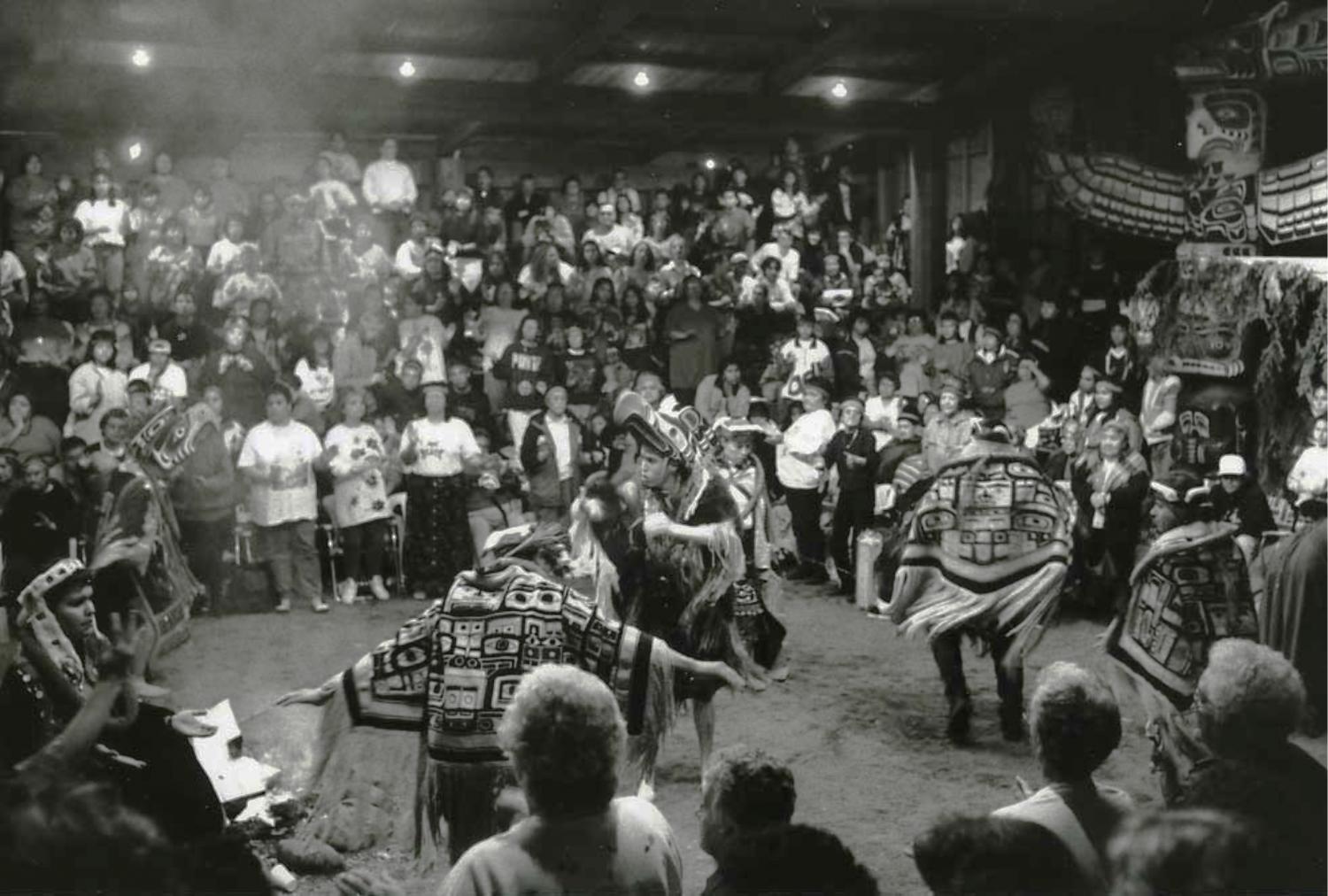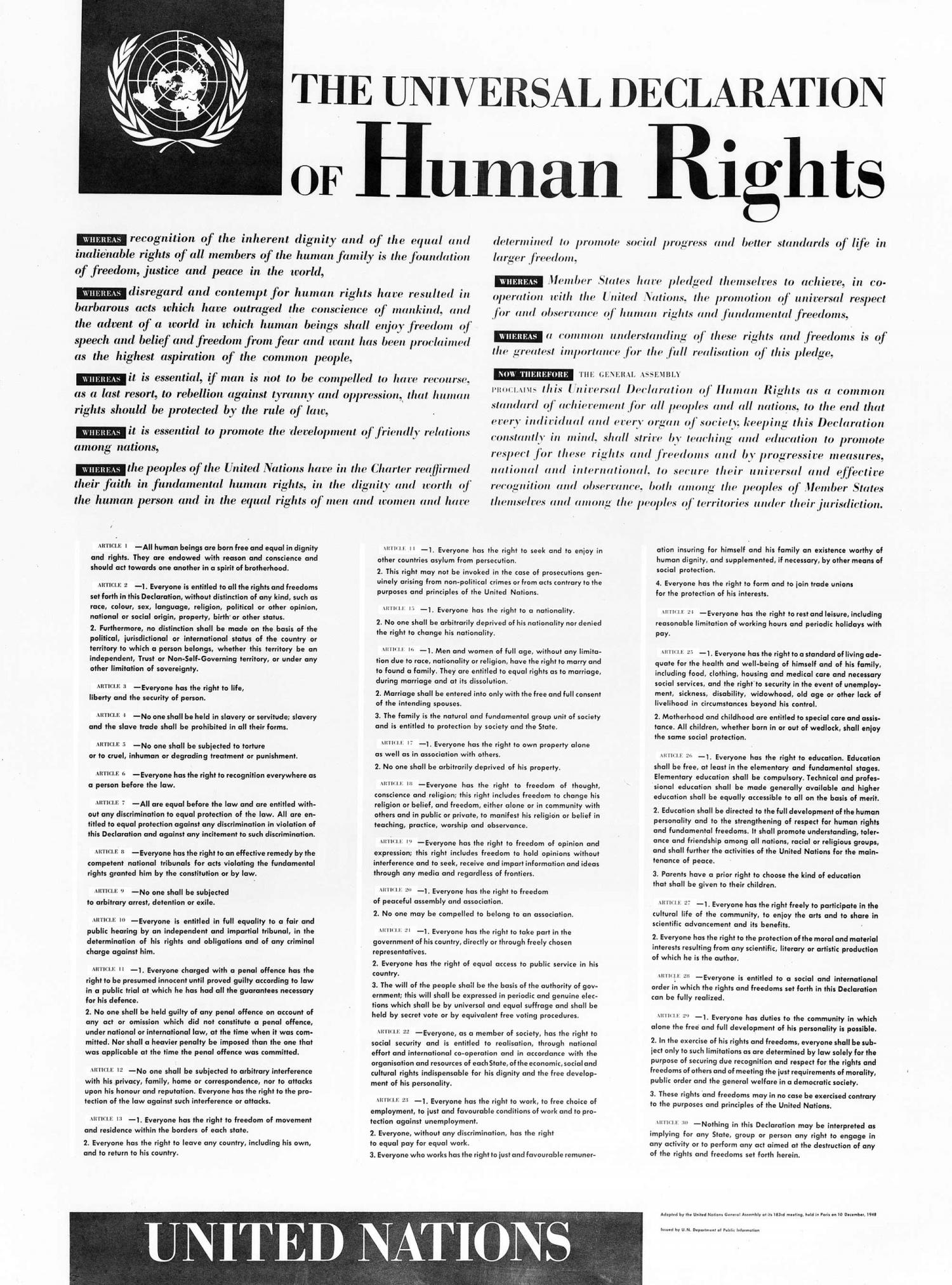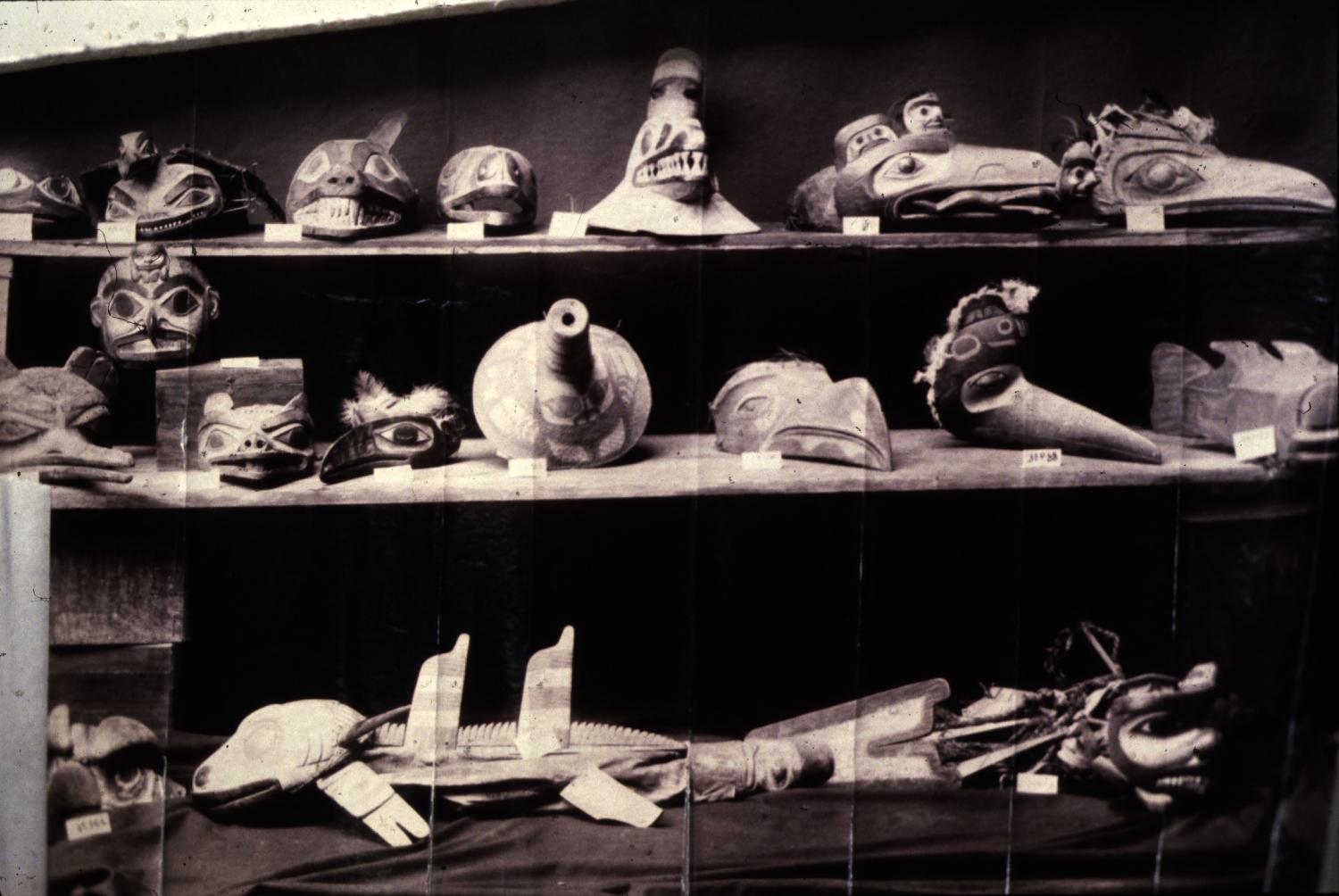Potlatch Ban Ends
The controversial policy is lifted from the Indian Act after decades of Indigenous rebellion
Date: 1951
On Christmas Day, 1921, in the village of ‘Mimkwamlis on Village Island, near northern Vancouver Island, Namgis Chief Dan Cranmer threw the largest-recorded potlatch on the coast of British Columbia. It was a multiday event, replete with exchanges of canoes, flour, dances, songs, names and money, all organized because Chief Cranmer had separated from his wife. In many ways, the event itself was rather administrative. “All the financial hereditary transfers and property or dances and names [were] settled at that potlatch,” Bill Cranmer, the chief’s son, would later recall. “Any dowry that was given when my father married his first wife was returned, and all the other financial business was settled [at the potlatch].”
But the ceremony was also an act of open rebellion. Forty years prior, the Canadian government was determined to do away with any Indigenous autonomy. The potlatch, which facilitated community affairs, governance and the redistribution of wealth, proved a formidable hurdle in the government's mission: namely, to turn the Indigenous population into a supply of industrious workers — fuel for the engine of capitalism. “The efforts of the [Indian] Department,” a senior official in Ottawa wrote at the time, “have been directed to the promotion among the Indians of industry, progress and morality, all of which are greatly hindered by indulgence in the potlatch.” In 1884, Canada added a ban on potlatches to the Indian Act, threatening violators with a harsh prison sentence.
Word spread of Cranmer's potlatch, and Indian agents and members of the RCMP received a list of those who attended. On Feb. 1, 1922, RCMP Sgt. Donald Angermann and Indian Agent William May Halliday arrested attendees, holding them for days in a school with only the bare ground on which to sleep. They were then packed into crowded trucks and taken to Oakalla prison in Burnaby, just outside Vancouver, a prison that once housed some of the province’s most violent criminals. In total, 45 were arrested and charged with crimes ranging from dancing to receiving gifts. Of those, 22 were sentenced to two months in prison, while another four received the maximum sentence of six months. Attendees were able to avoid the hefty penalty by agreeing to stop potlatching and relinquish important traditional regalia. Four hundred and fifty items were confiscated, many of which Indian Agent Halliday sold to collectors in New York City. He sent others to museums across Canada and kept the rest for his own personal collection. Other department officials and members of the RCMP skimmed trophies for themselves, as well.
Under threat of further punishment, the federal government assumed it had won and the potlatch had died out. But this wasn’t the case for all First Nations. Instead, the sacred ceremony went underground. As communities adapted, the nature of the potlatch itself changed to accommodate its secrecy. “The men, back at that time during the ban, would go out into the bush under the excuse that they’ve gone hunting, and women would have to stay home,” said Philip Brass of the Peepeekisis Nation in Saskatchewan. “The ceremonies became very male-centric.”
In the years to follow, Canada and the international community would undergo both economic and geopolitical straits, from the Great Depression to another devastating global war. The world that emerged from the horrors of World War Two was quite a different one from 1921. In 1948, nearly 50 countries, including Canada, signed the United Nations Universal Declaration of Human Rights (UDHR), acknowledging that all humans are “born free and equal in dignity and rights.” Amid this paradigm shift, Canadians took a hard look at some of the country’s most oppressive policies. In 1951, the government removed the potlatch ban from the Indian Act. A year later in Victoria, Kwakwaka’wakw Chief Mungo Martin hosted the first legal potlatch since 1885 — in attendance were the Cranmers.
In the seven decades since the ban was lifted, thousands of potlatches have been held across B.C. in a sort of cultural resurgence. Since the late 1950s, there has also been a concerted effort to reclaim the diaspora of confiscated regalia pieces. Institutions like the Canadian Museum of Civilization, the Royal Ontario Museum, the British Museum, and the Smithsonian Institute have agreed to return potlatch artifacts to their communities of origin.
Not all communities have recovered the potlatch, but there’s hope. In 2019, the Lheidli T’enneh First Nation near Prince George held its first potlatch since the ban was lifted. “A lot of people said we lost it,” said Lheidli Elder Clifford Quaw. “I said, 'No, we just forgot it.' We forgot about our traditions, our language, and we are slowly revitalizing all that we had forgotten.”
Sources:
- CBC News. "U’mista Cultural Centre Celebrates 40 Years with Online Launch of New Exhibit ." CBC, 7 Nov. 2020, https://www.cbc.ca/news/canada/british-columbia/u-mista-cultural-centre-40-years-1.5788945.
- "Chief Mungo Martin." Potlatch 67-67, 2018, https://potlatch6767.com/artists/mungo-martin/.
- Francis, Daniel. "Banning the Potlatch in Canada." The Canadian Encyclopedia, 18 Apr. 2013, https://www.thecanadianencyclopedia.ca/en/article/potlatch-to-give-feature.
- Griffin, Kevin. "This Week in History, 1921: Mass Arrests at Kwakwaka’wakw Potlatch Took Place Christmas Day." Vancouver Sun, 23 Dec. 2016, https://vancouversun.com/news/local-news/this-week-in-history-1921-mass-arrests-at-kwakwakawakw-potlatch-took-place-christmas-day.
- Joseph, Bob. "Potlatch Ban: Abolishment of First Nations Ceremonies." Indigenous Corporate Training, 16 Oct. 2012, https://www.ictinc.ca/the-potlatch-ban-abolishment-of-first-nations-ceremonies.
- Lafferty, Catherine (Katłįà). "As Christmas Approaches, ‘Na̱mǥis Chief Recalls Mass Arrests at Father’s 1921 Winter Potlatch Ceremony." APTN, 19 Dec. 2020, https://www.aptnnews.ca/national-news/as-christmas-approaches-na%CC%B1m%C7%A5is-chief-recalls-mass-arrests-at-fathers-1921-winter-potlatch-ceremony/.
- Louie, Ren. "Persistent to Potlatch: The Continuity of Nuu-Chah-Nulth Potlatches through COVID-19." Martlet, 1 Feb. 2021, https://www.martlet.ca/potlach-nuu-chah-nulth-covid-19/.
- Monkman, Lenard. "How a Historical Ban on Spirituality Is Still Felt by Indigenous Women Today ." CBC, 25 Mar. 2017, https://www.cbc.ca/news/indigenous/historical-ban-spirituality-felt-indigenous-women-today-1.4036528.
- "The History of the Potlatch Collection." U’mista Cultural Centre, https://www.umista.ca/pages/collection-history. Accessed 22 May 2021.
- "The Indian Act." Indigenous Foundations, 2009, https://indigenousfoundations.arts.ubc.ca/the_indian_act/.
- "The Potlatch Ban." The Bill Reid Centre, https://www.sfu.ca/brc/online_exhibits/masks-2-0/the-potlatch-ban.html. Accessed 22 May 2021.
- Trumpener, Betsy. "B.C. First Nation to Hold First Potlatch in 73 Years." CBC, 2 Nov. 2019, https://www.cbc.ca/news/canada/british-columbia/once-banned-potlatch-now-makes-comeback-in-prince-george-1.5342833.





